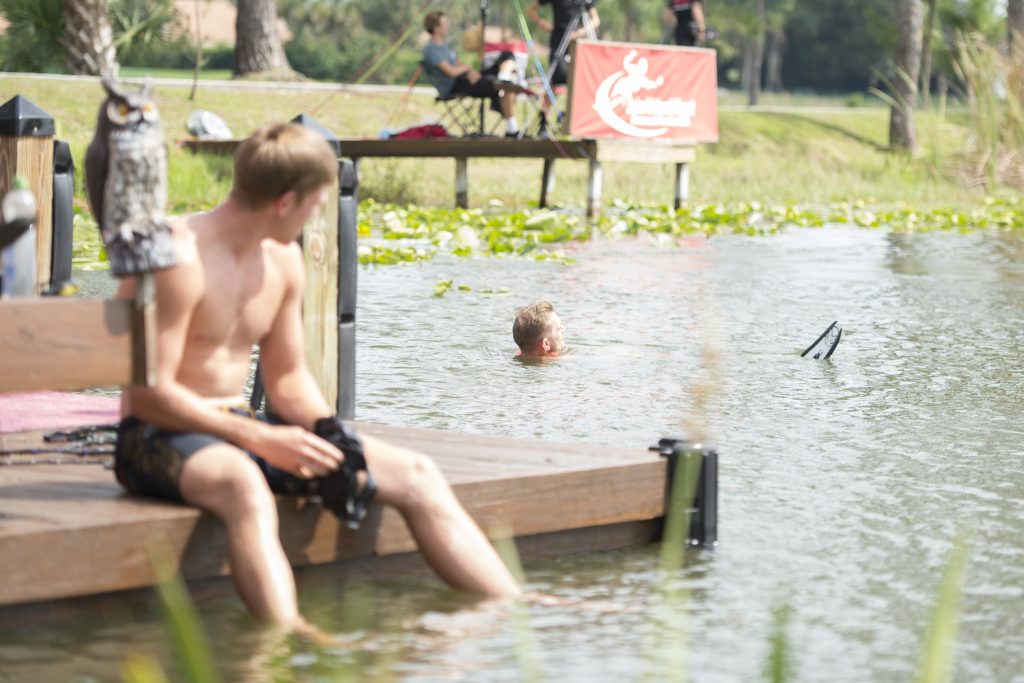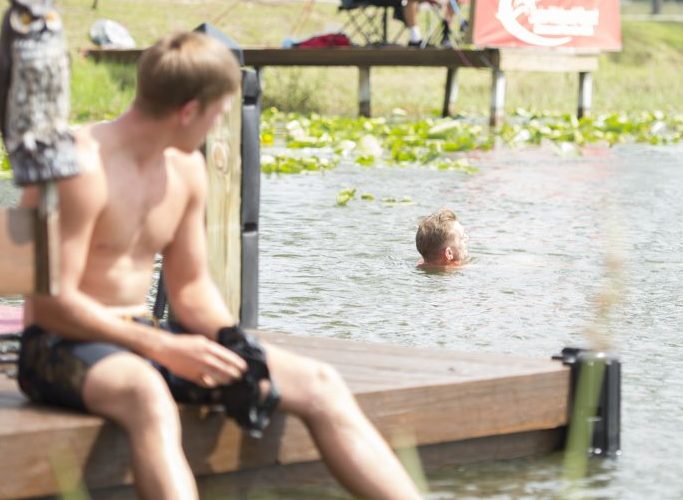Waterski Pro Tour: A New Dawn for Professional Waterskiing

Will Asher and Rob Hazelwood slalom skiing at the Swiss Pro Slalom.
By Jack Burden
The new season of the Waterski Pro Tour, launched last year, is about to begin. The tour attempts to unify a hodgepodge of global events into one overarching narrative. I, for one, am stoked. The name conjures up images of a bygone era. My mind immediately jumps to ESPN’s Hot Summer Nights, to Channel Seven’s live coverage of Moomba Monday. Like Mark Beretta or Wayne Grimdich’s voice, it sends chills down my spine. But is this anything more than just empty nostalgia?
In many ways, the new tour is just a rebranding of the IWWF Elite Ranking. A system that once held significance but has faded into obscurity as the tournament waterskiing world shifted its focus from a dwindling supply of major tournaments toward performances and world records. By 2020 the only significant purpose of the Elite Rankings was U.S. Masters qualification. With 2021’s revised criteria, they no longer held any tangible value.
Looking only at the nuts and bolts of the Pro Tour, it is clear no one has reinvented the wheel. The new points system and calculations are only a minor tweak from what already existed. A slick new website, coordinated social media presence, and transparent point calculations are all improvements. Maybe that’s reason enough to celebrate. A ranking list buried deep in an archaic website did nobody any good.
However, if we scratch below the surface, the Pro Tour is much more than a simple marketing effort. The genesis, proposal, and implementation were led by the elite athletes themselves. Rather than relying on the cumbersome bureaucracy of the IWWF for administration, a Pro Tour Council made up of current professional athletes will run the initiative. Athlete empowerment is a great reason for optimism. Who else has a larger incentive to promote and grow professional waterski events?
The IWWF deserves credit here too. After years of complaints they have made significant strides toward engaging the top skiers. Athlete representation has been increased on the World Tournament Council, which controls the rules of our sport. The well intentioned but poorly executed attempts to bring the World Championships to spectator friendly venues have been abandoned. Instead, all of 2021’s title events were held on man-made lakes in Florida – with little to no on-site spectators but broadcast quality webcasts. The athletes have created a paradigm shift in the sport.
Unfortunately, cracks are already starting to appear. The glaring omission of both the Moomba Masters and the U.S. Masters from the Pro Tour raises serious concerns. That the most prestigious and highest prize purse events of the season would be excluded stinks of dirty politics. Moomba organizers face an enormous amount of pressure operating on a busy downtown river during a major festival. It is hard to imagine them altering their format to meet the qualification criteria. Without the two largest events in our sport what claim to legitimacy does the Pro Tour even have?
To a certain extent the elite skiers flexing their muscle and pressuring event organizers into standard formats creates valuable consistency. Conversely, diversity and creativity are essential ingredients in the effort to attract a larger audience. Ironically, the Pro Tour suffers many of the same pitfalls the IWWF has been criticized over for years.
Ultimately, a unified calendar of events, high quality streaming, and fresh perspectives are all great steps toward making waterskiing accessible. Anyone working to grow our sport should be applauded and I remain optimistic that this effort will not stall out like the many that have come before it. The tragic waterski fan in me can’t help but pine for the good old days, but a new world requires new perspectives and new solutions.

